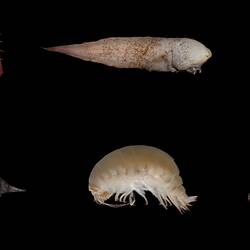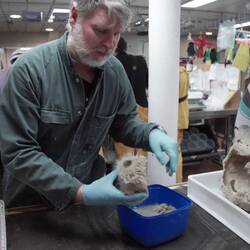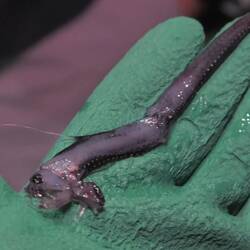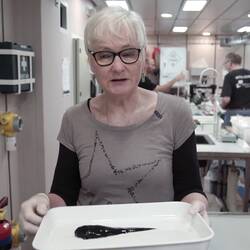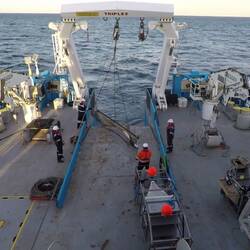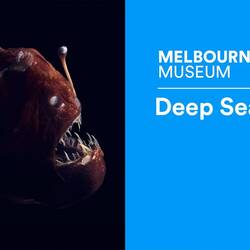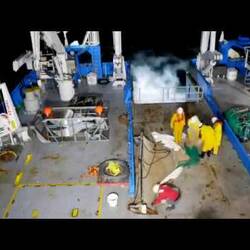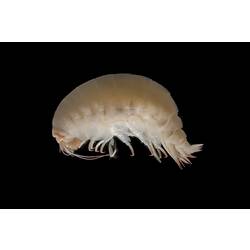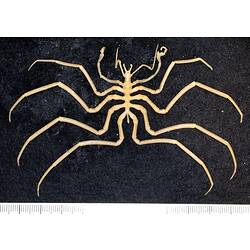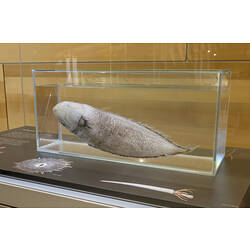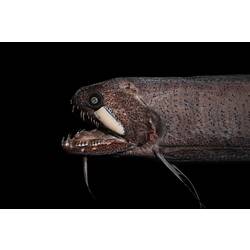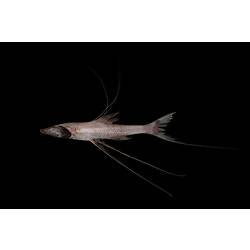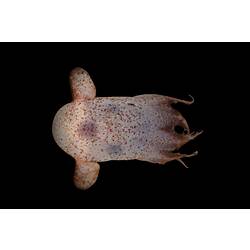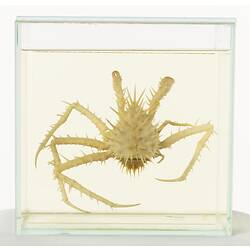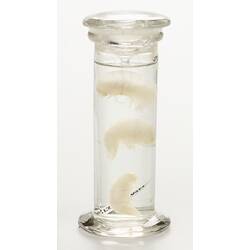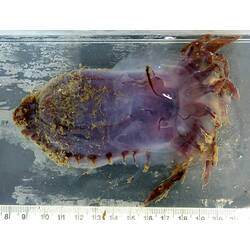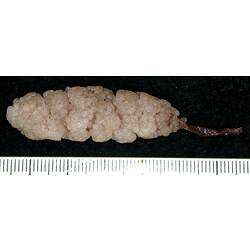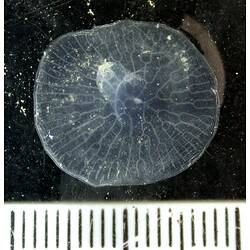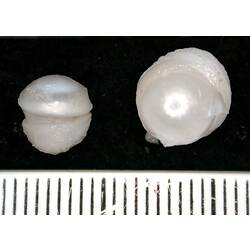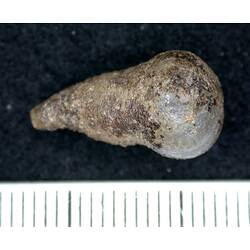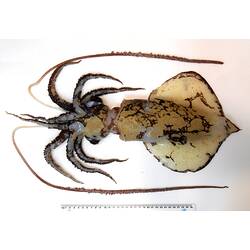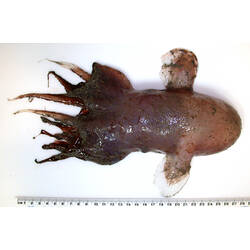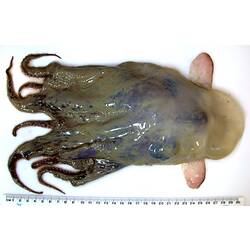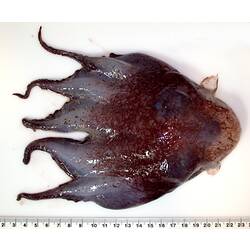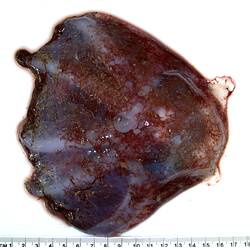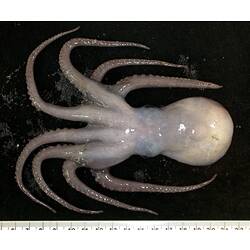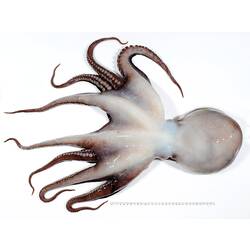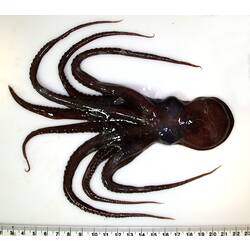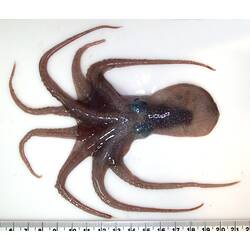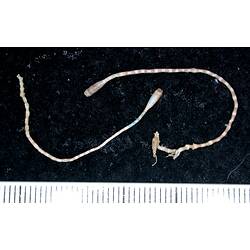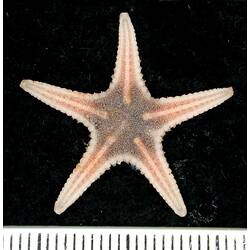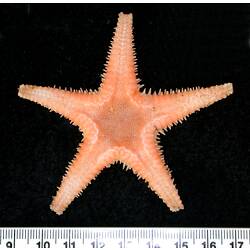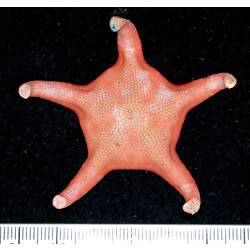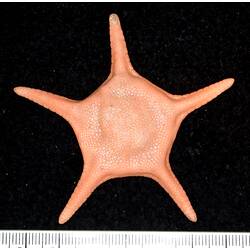The abyss is the largest and deepest habitat on the planet, covering half the world's oceans. Despite its size, it remains the most unexplored environment on Earth, largely due to the difficulty of reaching and working at such incredible depths, 4 kms or more below the surface.
In Australia, abyssal waters actually cover one third of our territory, making it a huge marine habitat. The Sampling the Abyss voyage (15 May to 16 June 2017) led by Museums Victoria and supported by CSIRO Marine National Facility and NESP Marine Biodiversity Hub was the first dedicated expedition to explore the biodiversity of Australian abyssal waters. For 31 days an international team of scientists, technicians and crew on board the RV Investigator sampled sites and mapped the seafloor along the eastern Australian abyss from Tasmania to Queensland, including a series of Commonwealth Marine Reserves.
The ship departed from Bells Bay near Launceston on 15 May 2017 and travelled 3489 nautical miles from 42 degrees South in the Freycinet Commonwealth Marine Reserve, to 24 degrees South in the Coral Sea. Samples were collected from the seafloor using sleds, corers and nets at two main depths of 2500 m and 4000 m. At such depths there is little food, no light other than some bioluminescence, the pressure is crushing and temperatures are freezing. It is little wonder that the animals adapted to live in this habitat were often weird and wonderful revelations to scientists on board, the world-wide media, and in turn the Australian (and international) public.
Along with understanding the animals that live in the Australian abyss and communicating this inaccessible world to the Australian people, some additional research projects on board included examination of bioluminescence, isotype analysis, and examining how animal populations are connected using DNA sampling. Scientists were also sampling for the effects of human impact, such as microplastics, on this environment.
The results of the Sampling the Abyss voyage will be crucial to understanding Australia's deep-sea habitats, including what lives in them, what their ecology is and what impact humans may be having on them. One of the aims of the survey was to build a map of biodiversity patterns along the abyss off Australia's coasts allowing comparison with waters of similar depths from the Southern, Indian or South-western Pacific oceans. It will also provide a basis for measuring future change in Australia's abyssal waters and help inform management and conservation efforts.
The specimens collected are now housed in the collections at Museums Victoria, CSIRO and other Australian state museums, where they will be examined and identified by taxonomists, and continue to be preserved and studied for future research in the decades to come.
The Sampling the Abyss voyage was led by Museums Victoria under chief scientist Dr Tim O'Hara, and supported by the Marine National Facility of CSIRO and the Marine Biodiversity Hub of the National Environmental Science Programme, along with a dedicated team of scientists, technicians and crew.
More Information
-
Keywords
-
Authors
-
Article types

